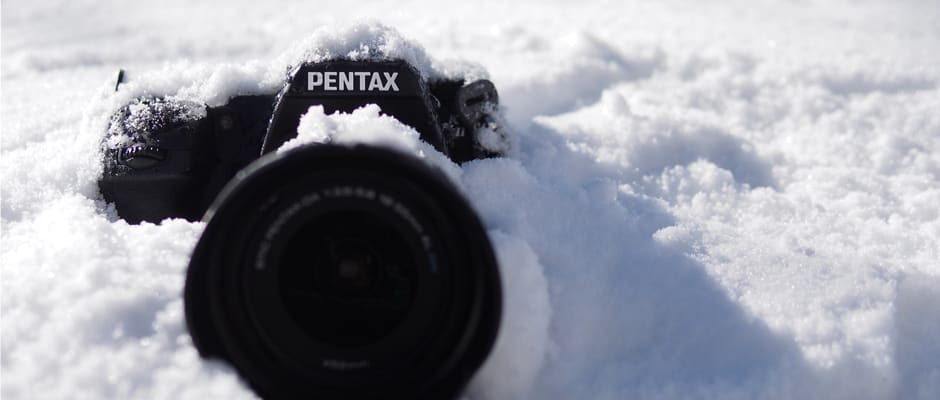The S Is for Subtle: The Pentax K-5 II and K-5 IIs, Head to Head
Is the filterless Pentax K-5 IIs really much sharper than the vanilla K-5 II?
 Credit:
Credit:
Products are chosen independently by our editors. Purchases made through our links may earn us a commission.
In our review of the Pentax K-5 II, we briefly touched on the camera's sister model, the K-5 IIs. The IIs is identical to the K-5 II except that its anti-aliasing filter has been removed. In practice, this should increase sharpness, with the possible side-effect of aliasing, moiré, and other image artifacts. We've seen this tactic elsewhere recently, most notably with the Nikon D800 and D800E siblings. But the K-5 II has the distinction of being the first APS-C DSLR available in filtered and unfiltered variants.
In the lab, we found that the filterless K-5 IIs produced an 8% increase in sharpness. We were eager to see how our findings held up in the real world—and if it would spawn any image-quality side effects. So we loaded up the two cameras with some high-quality glass, packed a tripod, and went for a stroll.
JPEG Comparisons
Below is a series of 100% crops from straight-out-of-camera JPEGs. For these shots, each camera used the "Natural" color mode, as well as the same tripod positioning, lenses, and shooting parameters.
In these shots, we can observe a subtle but consistent sharpness advantage from the filterless K-5 IIs sensor, very much in line with our lab-tested figure of 8%. Our eyes didn't detect any obvious image quality issues—no moiré, no artifacting, no jaggies. Of course, this is not a guarantee that you won't encounter such problems, but we actively went in search of pattern interference and came up empty.
RAW Comparison
The following 100% crops compare JPEG and RAW images taken simultaneously. Again, we employed the same tripod position, lens, and shooting parameters for each shot. We developed the RAWs in Adobe Camera Raw, using a "zeroed" preset.
Based on this comparison, it's clear that even the "Natural" JPEG color mode sharpens shots quite a bit, both through actual sharpening algorithms and with contrast adjustments. The differences between the RAW crops can be harder to make out thanks to their flat tone-curve and comparatively low contrast, but the IIs is definitely sharper here as well.
Pushing the Limits
Despite our best efforts, we were unable to make the K-5 IIs produce any moiré in real-world shooting. However, we did manage to find one ugly byproduct of its filterectomy when developing the camera’s RAW files: false color artifacts.
Between the random, crisscrossing lines of branches, you can clearly make out confetti-like colored noise. It’s an annoying issue at 200% view, to be sure, but there’s good news: This effect is far less visible at 100%, and virtually indistinguishable when viewing the full image on a computer screen (or, we expect, in print).
Is It Worth the Extra $100?
Chances are, if you've read this far, you're the kind of photographer who's already inclined to buy a K-5 IIs. You're embroiled in a never-ending search for the sharpest images you can get, and you'll pay to get them. If you shoot Pentax, you probably own some or all of the lenses we used. So is the K-5 IIs worth the extra money?
We think not. There's no doubt that the IIs produces sharper images than the K-5 II, both in JPEG and RAW. Even so, we're confident that with some skilled post-processing, the K-5 II's images can be made to look just as sharp as anything you can get out of the IIs. If you want to fork over the extra $100 to save some processing time, then go for it. But the difference between the two cameras simply isn't that great.
The K-5 IIs might be a great buy for landscape and portrait photographers who shoot in JPEG and don't post-process, but those kinds of shooters aren't likely to notice the subtle sharpness bump (or buy a camera in this price range, for that matter). In the real world, the K-5 II is plenty sharp already, and those interested in getting the most out of it are willing to put in the Photoshop work. As much as we like to see manufacturers try new things, the K-5 IIs is really just gilding the lily.
